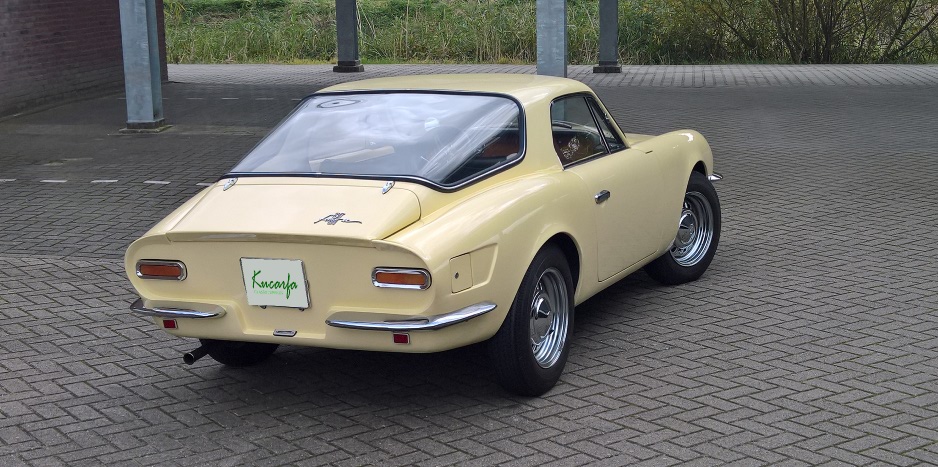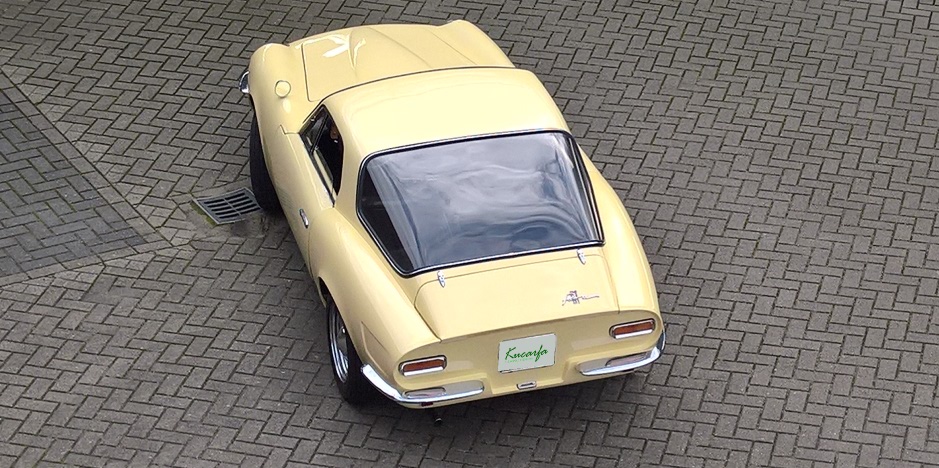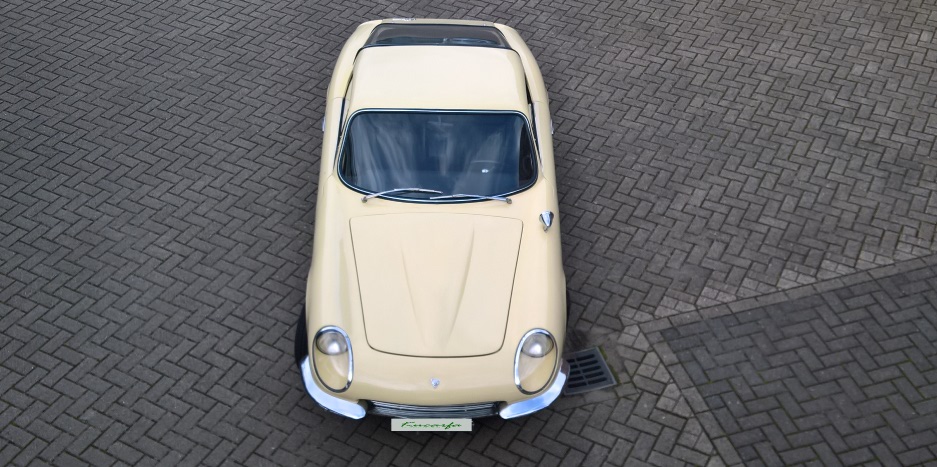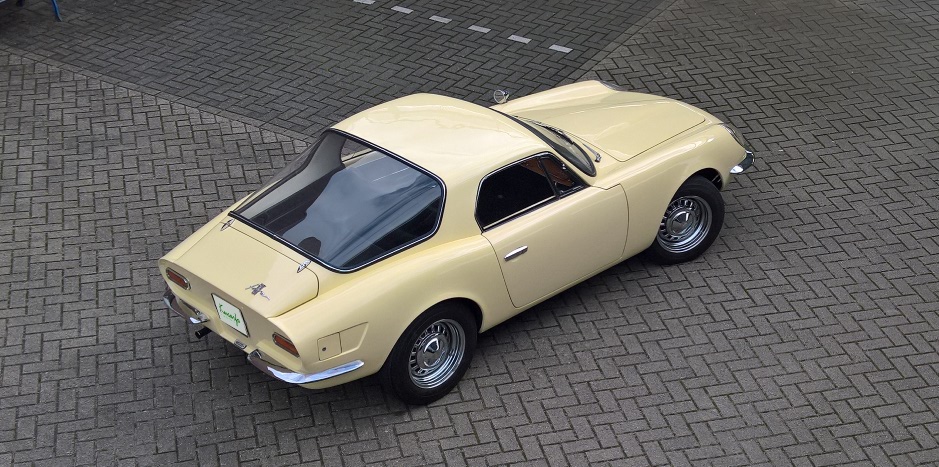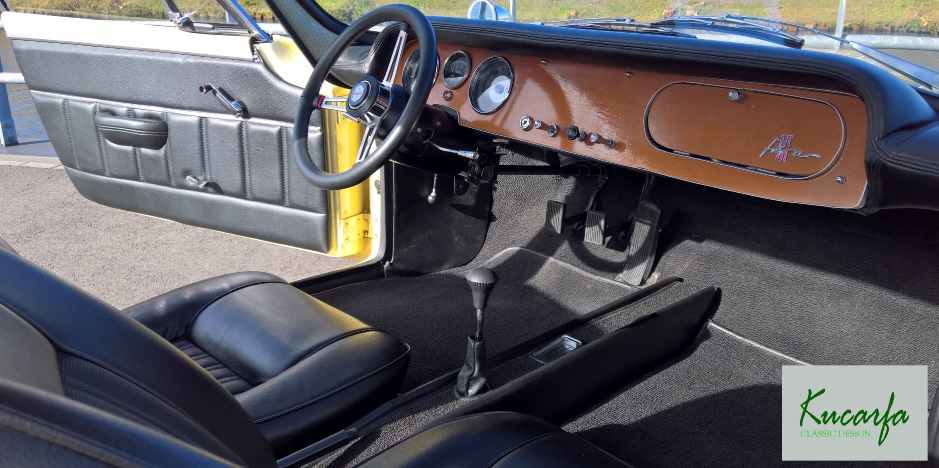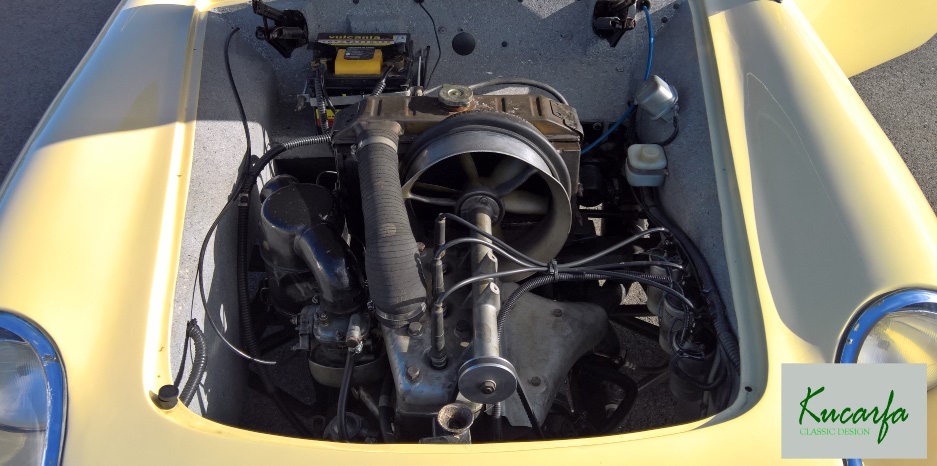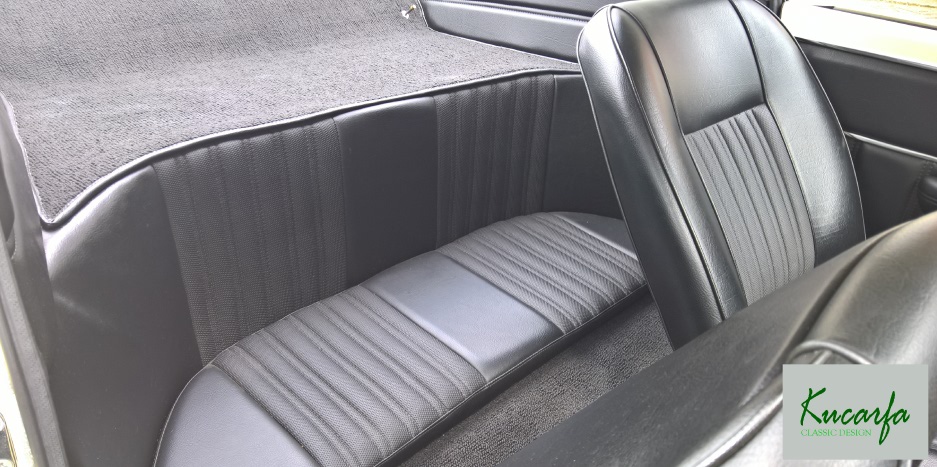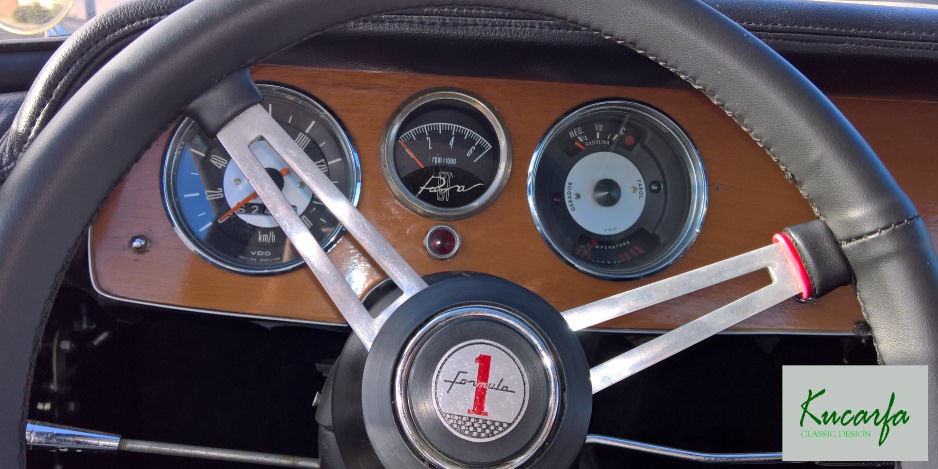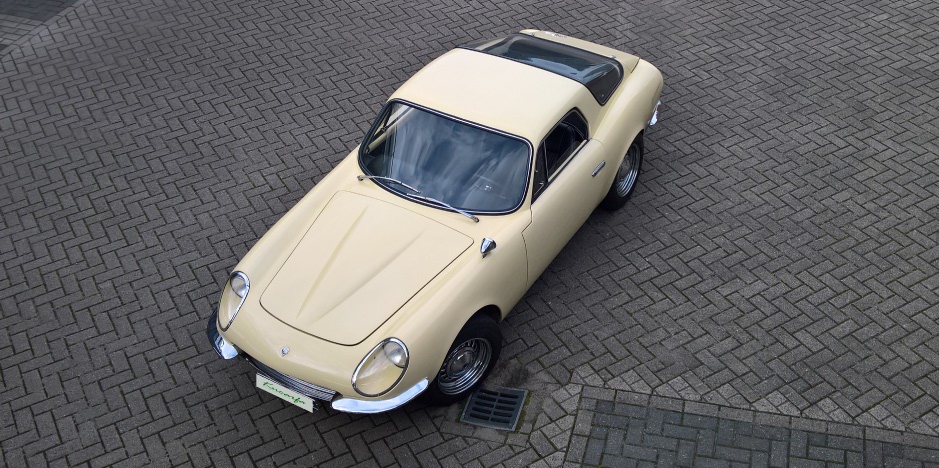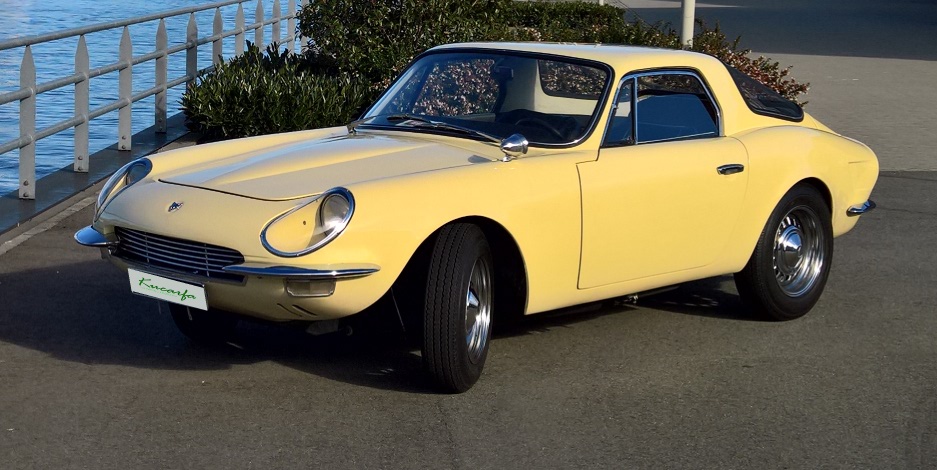The origin of what became the Puma was the DKW Malzoni, built by Rino Malzoni of Matão in São Paulo (state) from around 1964. Malzoni was a keen auto racer and with the help of Jorge Lettry, who headed the Vemag racing department he developed a competition car based around a DKW straight-three two-stroke engine. Developed to compete with the Willys Interlagos, a locally built copy of the Alpine A108 which was outpacing DKW's heavier sedans, Malzoni developed a steel-bodied prototype. This proved too heavy, and at the São Paulo Motor Show in the fall of 1964 the light, fiberglass-skinned GT made its first appearance. It won its first race, at Interlagos in 1964. Malzoni, an Italian immigrant who became successful as a lawyer and a sugar cane and cattle farmer, recognized that the car had commercial possibilities. In order to produce more cars and bring them to market, Rino joined with three other auto enthusiasts (Luís Roberto da Costa, Milton Masteguin, and Mario César Camargo Filho) and founded the company "Sociedade de Automóveis Luminari" in 1964.
Competition cars had bigger 1.1 litre engines with as much as 100 PS (74 kW). It was Lettry who tweaked the small DKW engines to produce upwards of 100 horsepower from 1000 cc's in the racing Malzonis. By all accounts, these cars did quite well against their larger displacement rivals. Although Vemag disappeared from the scene, Malzoni and Lettry continued their association, with Lettry suggesting the Puma name and becoming Puma's production chief. The cars began to sell in quantities larger than he himself could build, and on 14 September 1966 the company adopted the Puma name and began building cars in earnest.
The Malzoni GT usually had a panoramic rear windshield, although a very few cars were built of a three-box design. In 1967, the original body of the DKW-Malzoni was slightly modified, by designer Anisio Campos, who made the car somewhat longer and mounted the bumpers higher up, while the car (still on DKW-basis) was now named DKW Puma GT. The new car had a small rear seat, more glass area, and new wheels, bumpers, head lights, and rear lights. It was also slightly longer. However, the biggest changes would came in the closing months of 1967. Vemag (the company that made DKWs in Brazil) was bought by Volkswagen, and all DKW cars and engines were discontinued. This meant that Puma needed a new heart if it was to continue. It was decided to use the Brazilian Karmann-Ghia platform, with a 1493 cc air cooled engine that made 52 hp. This wasn't a simple change. The Puma DKW was a front engine car, and the new model needed to recieve a rear engine. The body was slightly smaller, glass area was again modified, and the front egg crate grille was removed.
A lot of good racing drivers used DKW GT Malzoni for races but the most important and famous was Emerson Fittipaldi. Emerson used a DKW GT Malzoni in a very famous racing called “1000 Brazilian Miles” on the old Interlagos circuit with more than 8 kilometers. The GT Malzoni used by Fittipaldi (at 20 years old) was not so powerful and was racing with other cars with more power like: VW Karmann Ghia with Porsche engines (used by his brother Wilson Fittipaldi and Carlos Pace), Chevrolet with V8 Corvette engine and Alpine 1300cc. In the end of the race (less than six laps to the end) Emerson's team was in 1st position but due a mechanical problem needed to go to the box and finished the race in 3rd position.
Annual production of the PUMA GT increased to 125 for 1967 and continued briefly into 1968. All-in-all, about 170 of the DKW three cylinder two stroke engined cars (Pumas and Malzonis) were built. This number could surely have been higher if Volkswagen which had bought Auto Union, in Germany and Vemag, in Brazil, had not discontinued the manufacturing of the DKW line-up. The success of the early DKW powered models paved the way for the VW based Pumas.
This DKW Puma GT is from 1967. The previous owner from Brazil was able to manage a 'placa preta' which means a black licence plate. Only oldtimers with more than 85% of originality will receive this special licence plate, which makes it very interesting as a collectors item because of it's historic value.
Technical data
|
DKW Puma GT
|
|
| Year |
1967
|
| Engine |
3 cylinder inline, 2 stroke
|
| Displacement |
981 cc
|
| Bore x stroke |
74 x 76 mm
|
| Compression |
8 : 1
|
| Power |
60 hp at 4.500 rpm
|
| Torque |
9,5 mkg at 3.500 rpm
|
| Top speed |
140 km/h
|
| Wheelbase |
2.220 mm
|
| LXWXH |
3.995 x 1.600 x 1.200 mm
|
| Weight |
760 kg
|
| Designer |
Anisio Campos
|
| Produktion |
135
|
The car has a Dutch tittle, easy for registration in every EU country. You do not need to pay any import taxes and we can help with transport. Trading in, buying and consignment possible.
